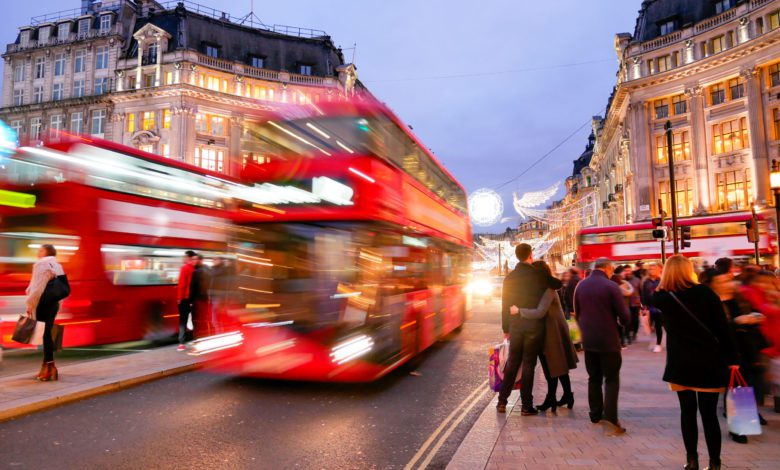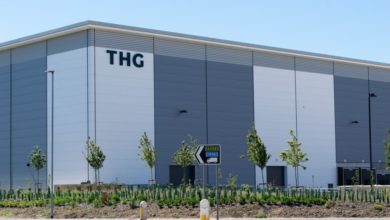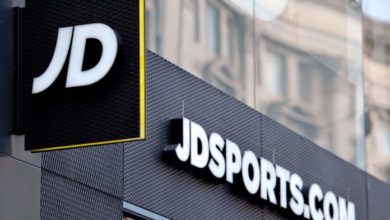What are the effects of VAT taxes on the tourism industry?
Campaigners suggest that lowering VAT rates for hotels, restaurants, pubs, and visitor attractions could lead to price reductions, thereby boosting sales and employment within the sector

The term “tourism tax” has recently been used to refer to taxes imposed on goods and services supplied to international tourists. Up until 31 December 2020, VAT-free shopping enabled international visitors in the UK to get a VAT refund on goods purchased in the UK, making them 20% cheaper.
Recently, the tourism and hospitality sector has advocated for a reduced VAT rate on services provided to tourists. In November, Scott Parsons, chief operating officer for Westfield Group, said that the tourist tax would risk causing international travellers “shunning London in favour of more competitive European destinations“. The same sentiment was shared by the Centre for Economics and Business Research, which said that the tax is costing £10.7bn in lost GDP every year.
Campaigners suggest that lowering VAT rates for hotels, restaurants, pubs, and visitor attractions could lead to price reductions, thereby boosting sales and employment within the sector. However, ministers have consistently opposed this and it is unclear whether the subject of tax-free shopping will be included in the upcoming Spring Budget. But what exactly is VAT?
The role of VAT
Value Added Tax, or VAT, is levied on all goods and services provided by businesses, unless they are exempt. Businesses must register for VAT if their annual turnover exceeds £85,000.
VAT is charged on the additional value of each transaction and collected at various stages of production and distribution. Businesses pay VAT on purchases (input tax) and charge VAT on sales (output tax), reconciling the difference with HM Revenue & Customs (HMRC). Ultimately, the tax burden falls on the final consumer.
The majority of VAT regulations are outlined in the Value Added Tax Act (VATA) 1994. VAT rates typically stand at 20% or zero, with occasional use of a reduced rate of 5%. Zero-rated supplies encompass essential items like food, while reduced-rate supplies include domestic fuel and certain construction work.
Since its inception in 1973, VAT in the UK initially had a standard rate of 10%, and a zero rate on selected goods and services, such as food, books, children’s clothing, and certain supplies for charities.
Since then, it has undergone several changes — standard rate was increased to 15% on 18 June 1979, to 17.5% from 1 April 1991, cut to 15% from 1 December 2008 to 31 December 2009, then set back at 17.5% on 1 January 2010.
Lastly, the standard rate was increased to 20% from 4 January 2011 which has remained ever since.
VAT is projected to generate £173bn in revenue in 2023/24, making it a significant contributor to government income alongside income tax and National Insurance contributions.
EU VAT law before Brexit
Before the UK’s departure from the EU, its VAT laws were largely influenced by EU regulations. The harmonisation of VAT systems across EU member states began in the late 1960s, culminating in the adoption of the sixth VAT directive in 1977. This directive established common criteria for VAT bases in all member states and allowed countries to maintain existing zero rates if they met specific criteria.
Following this, a new directive, effective from January 1993, required all member states to apply a standard VAT rate of at least 15%. Countries were also permitted to have one or two reduced rates, no lower than 5%, for specified goods and services.
In 2006, a new principal EC VAT directive was adopted, restructuring and clarifying previous directives without altering UK or EU VAT law significantly. The UK retained the right to convert zero rates into reduced rates, but couldn’t reintroduce zero rates that had been withdrawn since January 1991.
Proposals in 2018 aimed to overhaul EU VAT rate rules, allowing member states more flexibility in setting rates and streamlining the list of goods and services eligible for reduced rates. December 2021 negotiations led to updates, including an expanded list of products eligible for reduced rates, exemptions for certain goods and services, and restrictions on derogations by 2030, especially concerning environmental impact and climate goals.
Campaigns for reductions of VAT rates
Despite the hospitality industry calls for a reduction in rates gaining momentum after tax-free shopping was officially abolished in 2021, campaigns for the same reasons started earlier.
In 2008, an analysis published by the British Hospitality Association (BHA) — now known as UKH — found that reducing VAT on tourist accommodation and attractions could raise £600m a year. Since then, the BHA has been very vocal in its request for VAT cuts, arguing that a reduced rate would generate higher levels of employment and lead further investment in the industry.
In an official press notice, the hospitality body stressed that the UK is “pricing itself out of being competitive, hitting business growth and the nation’s soft power. A reduced rate will incentivise Britons to holiday in the UK more frequently – at holiday parks, caravan sites, family-run B&Bs and hotels – while also attracting more overseas visitors”.
Between 2015 and 2020 MPs continued to petition for VAT cuts in the tourism and hospitality sectors, despite the Government opposition.
After Brexit
Following the outcome of the EU referendum in June 2016 and the Government’s commitment for the UK to leave the EU, it became clear that the UK would no longer be obliged to follow the EU VAT laws. Some stakeholders took the chance to once again propose lower VAT rates on individual goods and services to the Government.
In November 2018 the UK concluded the draft Withdrawal Agreement with the EU, which provided a so-called ‘implementation period’ until the end of December 2020. The U-turn came at the 2020 Spring Budget when then Chancellor Rishi Sunak announced a series of initiatives to support businesses during the covid pandemic, although initially VAT cuts were not mentioned.
But on 8 July 2020, the Chancellor announced a temporary 5% VAT rated on many tourist and hospitality activities, as well as a new scheme — Eat Out to Help Out — which would allow people to get a 50% discount while eating at a restaurant.
On 24 September 2020 the Chancellor announced a second series of measures to support the economy, and decided to extend the 5% rate until 31 March 2021. Then in March 2021, it was announced in the budget that the 5% VAT rate would be replaced by a 12.5% rate from 30 September 2021 to 31 March 2022. After that, the standard rate of 20% has been applied again.
Following the end of the temporary rate in March 2022, there have been many calls from industry stakeholders, such as UKH, for introducing further VAT reductions for the tourist and hospitality sector. Yet, so far the Government hasn’t made any concrete plans to do so.
On 1 February 2024, Nigel Huddleston, MP reiterated that “VAT relief for tourism and hospitality cost over £8bn and reintroducing it would come at a significant further cost”.
2024 and onwards
The concept of VAT reduction on tourism-related activities and services has been gaining traction for decades. While temporary VAT cuts were implemented during the COVID-19 pandemic to support struggling businesses, the question of permanent reductions remains unresolved. Achieving consensus on VAT reforms involves striving to strike a balance that promotes long-term prosperity and resilience in the tourism and hospitality industry.









